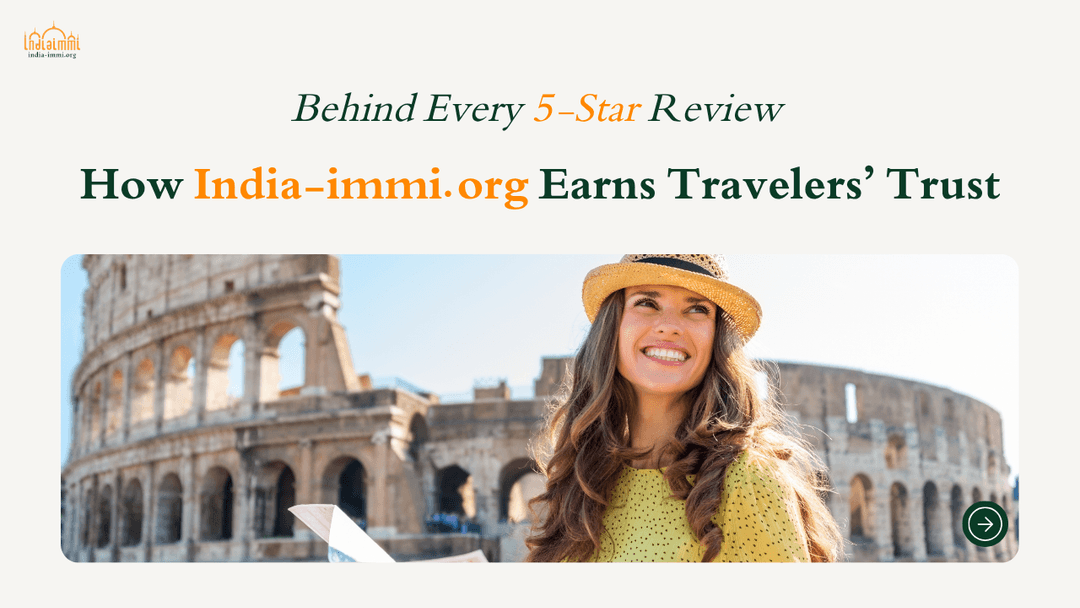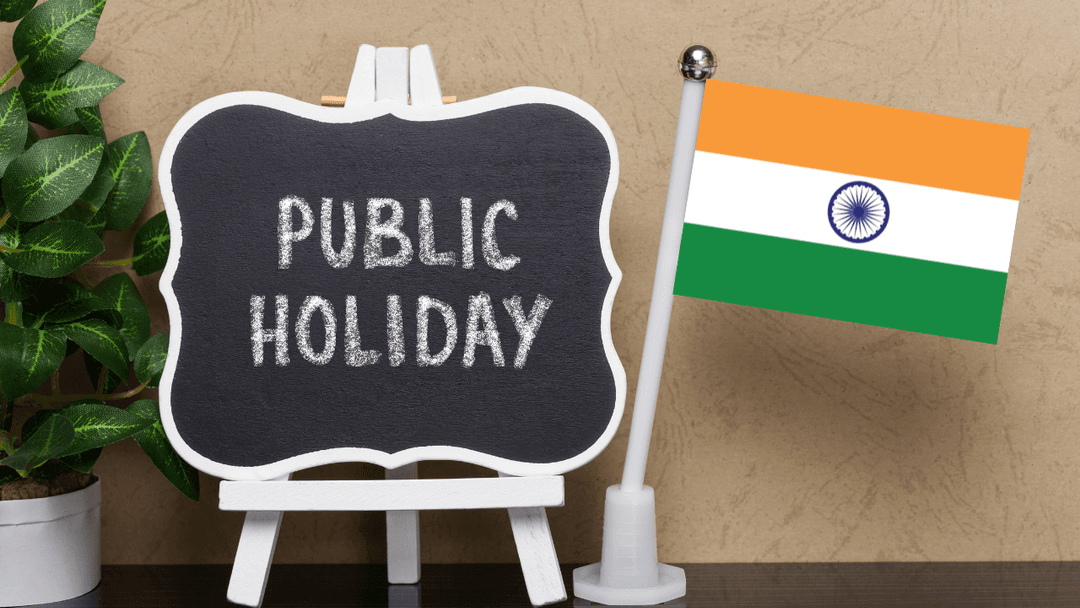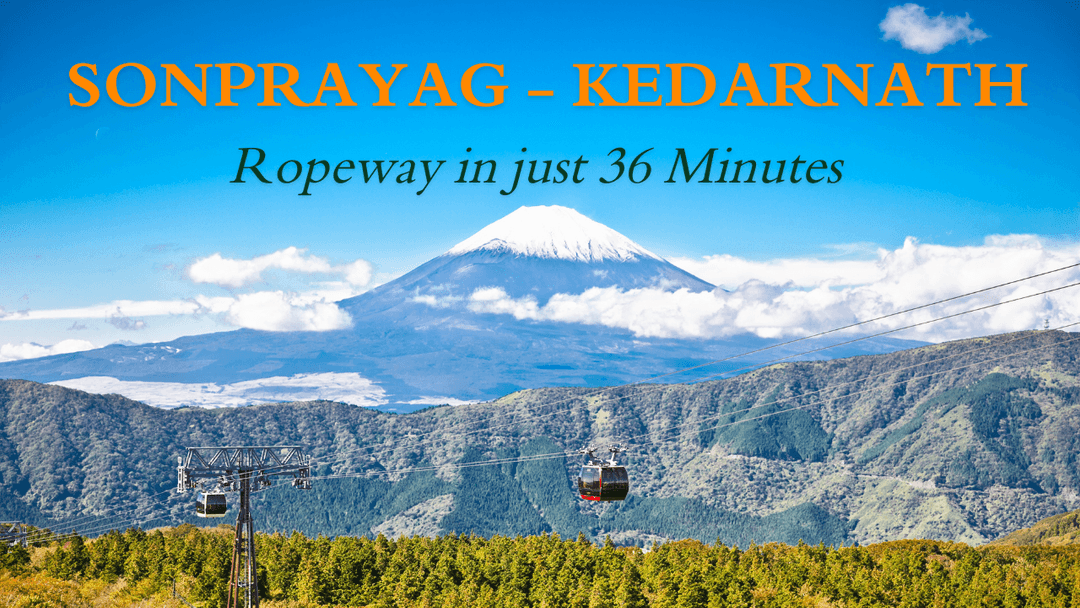In 2025, India officially surpassed China to become the world’s most populous country with approximately 1.46 billion people. Alongside this milestone, the nation now has 806 million internet users (according to Meltwater), accounting for 55.3% of its population - a massive online community with significant growth potential, especially in rural areas where connectivity is still developing.
Social Media Habits of Indian Users
On average, Indian internet users spend 2 hours 28 minutes per day on social media platforms. The most common purposes are staying in touch with friends and family (41.9%) and keeping up with current events (32%). Notably, men account for 65.5% of social media users, and more than half are aged 18 - 34, highlighting the dominant role of young men in India’s digital space.
WhatsApp - The Nation’s “Communication Infrastructure”
With about 536 million monthly active users (MAU), WhatsApp is almost indispensable in India. It reaches 80.8% of internet users and plays a role in nearly every aspect of daily life:
-
Personal communication: Indians use WhatsApp for family chats, friend groups, meet-ups, and sharing daily updates.
-
Community groups: WhatsApp Groups are highly popular thanks to their easy setup and management - ideal for school networks, hometown associations, companies, or hobby communities.
-
Business support: The WhatsApp Business version is widely used by small and medium enterprises to provide customer service, support sales, and send direct promotional updates.
WhatsApp has gone far beyond being a simple messaging app; it has become India’s primary communication system, replacing most SMS and even email in day-to-day interactions.
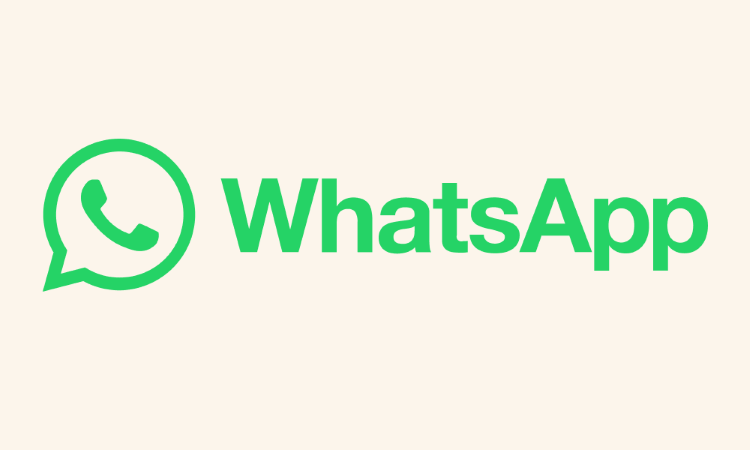
Source: Internet
Instagram is booming with 414 million users, covering 77.9% of India’s internet population. The platform is where people go to:
-
Stay on trend: Young Indians follow KOLs, influencers, and brands for fashion, music, beauty, and travel inspiration.
-
Short-form entertainment: Reels have become the most popular content format, effectively replacing TikTok after its ban.
-
Brand promotion: Businesses and travel bloggers leverage Instagram’s visual power to market products, travel services, hotels, and restaurants.
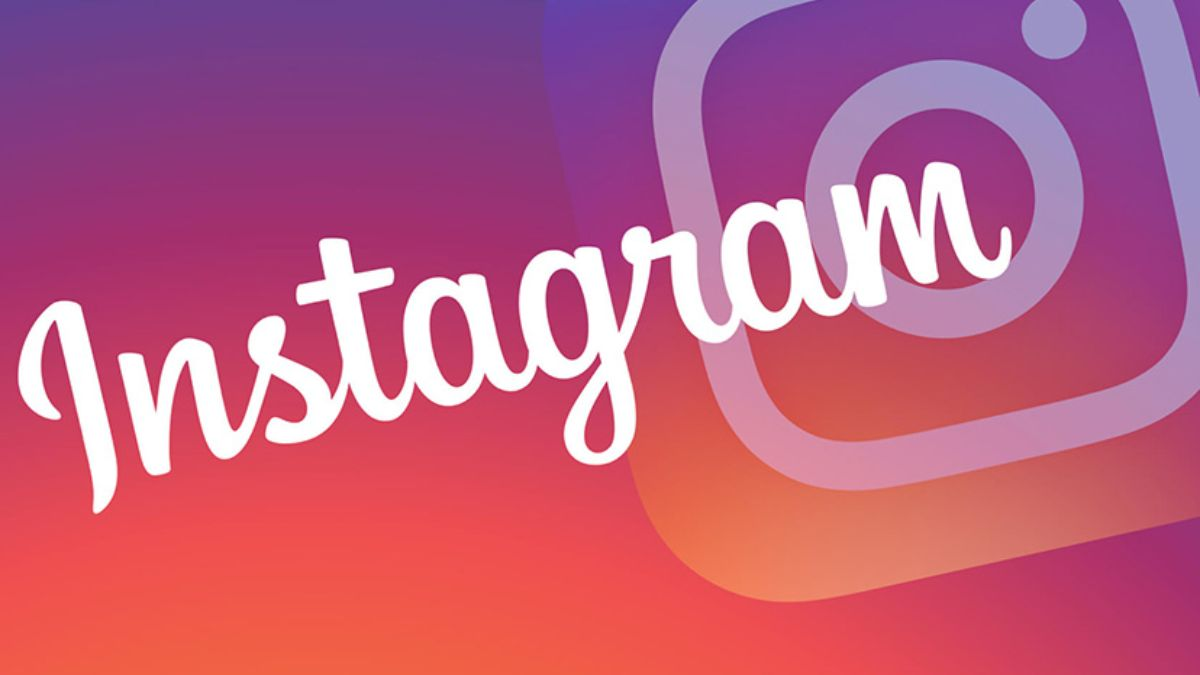
Source: Internet
Though past its peak, Facebook still holds strong with 384 million users, representing 67.8% of Indian netizens. Today, people mainly use it to:
-
Read news & join communities: Facebook Groups remain hubs for discussions on society, politics, tech, sports, and learning.
-
Stay connected with family: Many middle-aged users and rural communities still rely on Facebook.
-
Spend significant time: The average Indian spends 20 hours 42 minutes per month on the platform.
Facebook is shifting from a trend-setting space for youth to a social and community discussion platform.

Source: Facebook
YouTube
YouTube now reaches 491 million users (about 60.9% of India’s internet population). Indians use it for:
-
Entertainment & learning: Watching music videos, movies, vlogs, as well as tutorials on travel, administrative procedures, and online education.
-
Short-form video explosion: YouTube Shorts has grown rapidly since TikTok’s ban, becoming a hub for short video content.
YouTube is India’s #1 digital library for knowledge and entertainment, serving both leisure and skill development.
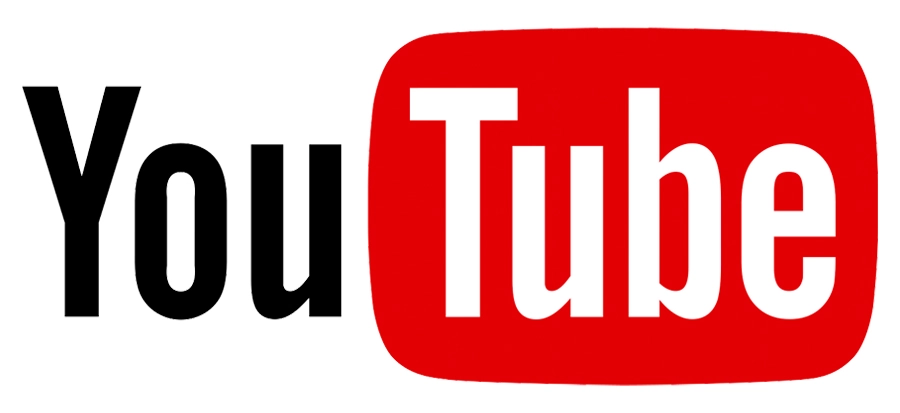
Source: Internet
Telegram
About 58.1% of Indian internet users (nearly 470 million people) use Telegram.
-
Why it’s loved: High privacy, and the ability to create large groups and channels.
-
Practical uses: Tech communities, students, startups, and businesses create channels to share resources, documents, announcements, and even sell products.
Telegram is a go-to platform for learning, tech communities, and privacy-conscious users.

Source: Internet
Snapchat - Gen Z’s Playground
Snapchat attracts 46.9% of India’s internet users (around 380 million people), mainly urban youth.
-
Its AR filters and short, interactive stories fit the free-spirited, creative lifestyle of Gen Z.
-
It’s where young people express individuality and stay updated with friends in real-time.
Snapchat remains appealing thanks to its freshness and immersive AR experience.
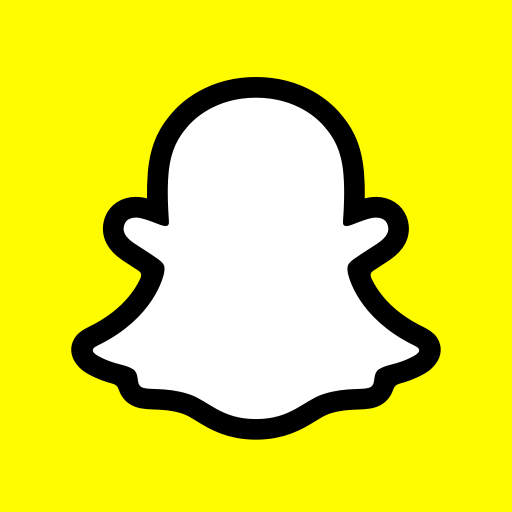
Source: Internet
ShareChat
ShareChat, a “Made in India” social network, has 180 million monthly active users (MAU) - or over 325 million when including its short video app Moj.
-
Local languages: Supports up to 15 Indian languages, catering to non-English speakers.
-
Main audience: Users in rural and tier-2 cities, where international platforms are less optimized.
ShareChat serves as the digital bridge for non-urban areas, meeting local content-sharing and entertainment needs in native languages.
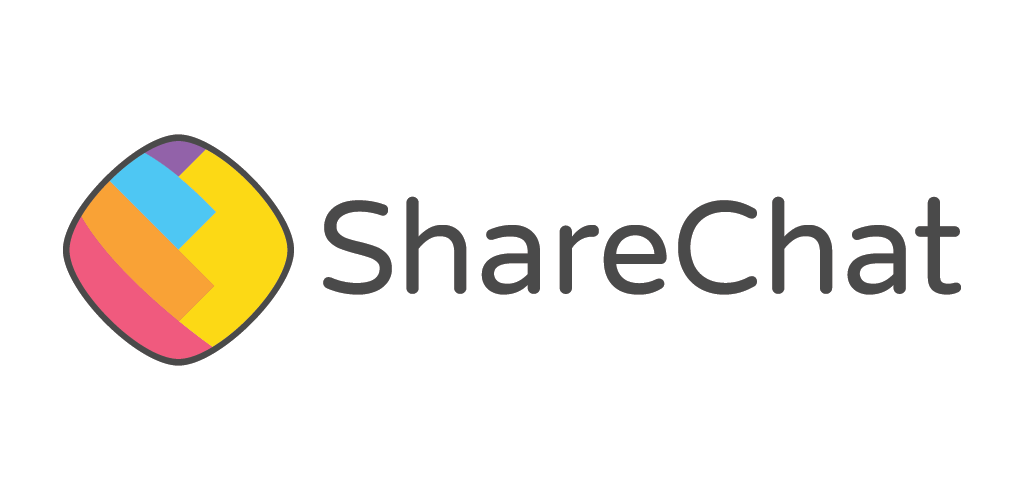
Source: Internet
X (Twitter)
India is now the 4th largest market for X (formerly Twitter) with 24.1 million users.
-
Core audience: Journalists, entrepreneurs, office workers, and tech professionals.
-
Popular content: Breaking news, politics, economy, and sports - especially cricket.
X remains the go-to platform for real-time news and professional discussions.
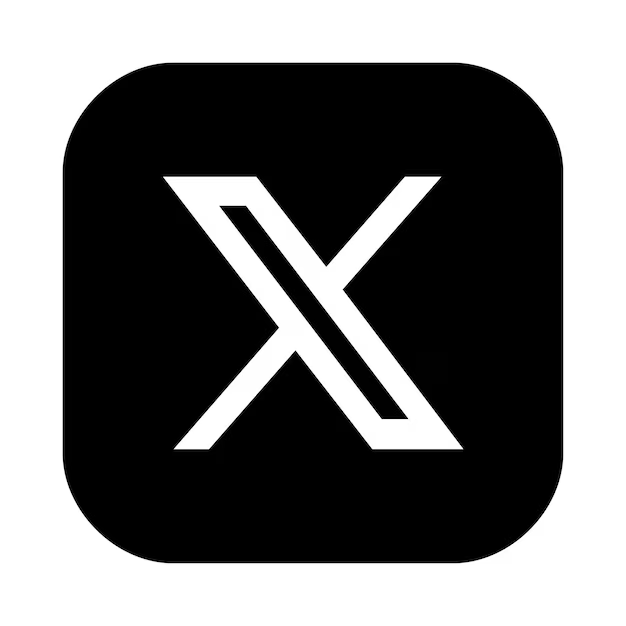
Source: Freepik
LinkedIn has reached 150 million members, equivalent to 14.6% of India’s adult population.
-
Professional networking: A hub for career development and personal branding.
-
Recruitment & job search: Widely used by businesses to find talent.
-
Global career trends: Young Indians explore international job opportunities via LinkedIn.
LinkedIn is an essential platform for professionals and recruiters in India.

Source: Internet
Search Engines - Google
When it comes to online search in India, nearly everyone thinks of Google. According to StatCounter, it commands an astonishing 97% market share, a near-total dominance. From major cities to rural towns, Indians rely on Google to look up news, products, services, administrative processes, or study materials. It’s fair to say Google Search has become the “universal information gateway” for hundreds of millions of users.

Source: Internet
Google’s dominance comes from several key advantages:
-
Fast and accurate results, even with spelling mistakes or mixed English-local language queries.
-
Strong multilingual support: India has over 20 official languages and hundreds of dialects; Google is optimized for Hindi, Tamil, Bengali, Telugu, Marathi, and more, reaching even rural users.
Meanwhile, competitors have struggled to break through:
-
Microsoft’s Bing, despite being pre-installed on Windows, holds only about 1-1.5% market share.
-
Yahoo, once popular, has dropped below 1%.
-
DuckDuckGo, appealing to privacy-conscious users, remains at around 0.5-1%.
-
Other search engines are negligible and can’t disrupt India’s entrenched habit of using Google.
Conclusion
With its huge, young, and highly active online population, India is becoming one of the most dynamic digital markets in the world. People rely on Google for visa information and consume diverse content via social platforms - from Facebook, Instagram, YouTube to LinkedIn and WhatsApp.
If you’re planning to travel, work, or study in India, take advantage of our fast, safe, and reliable e-visa service for a smooth entry process.
👉 Apply for your e-visa online today at India-immi.org to experience a simple, transparent, and time-saving visa application for your trip.








